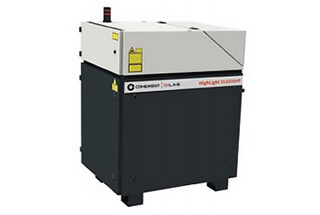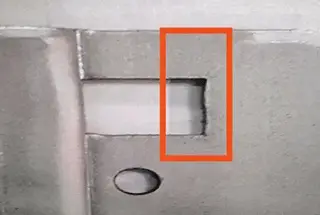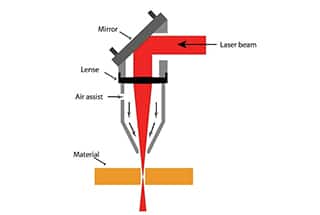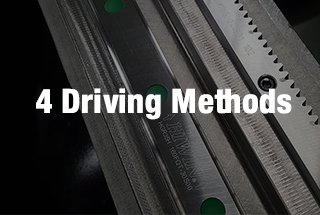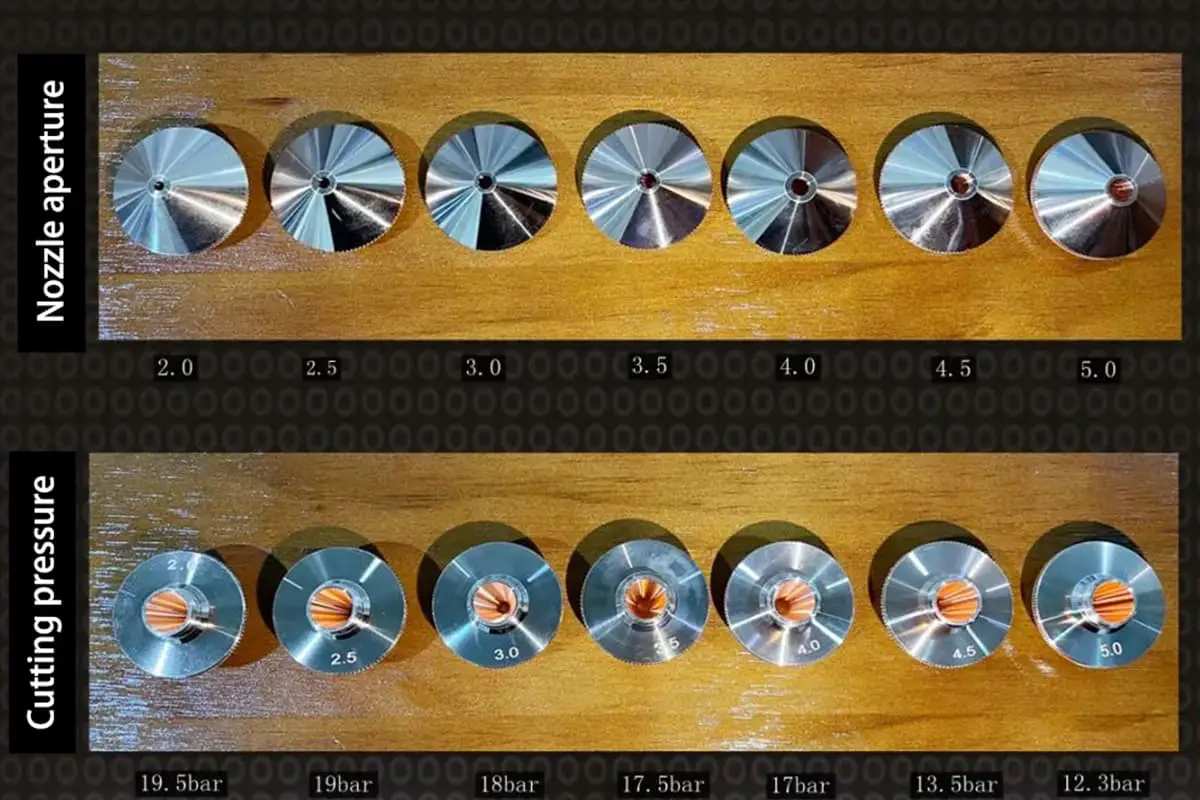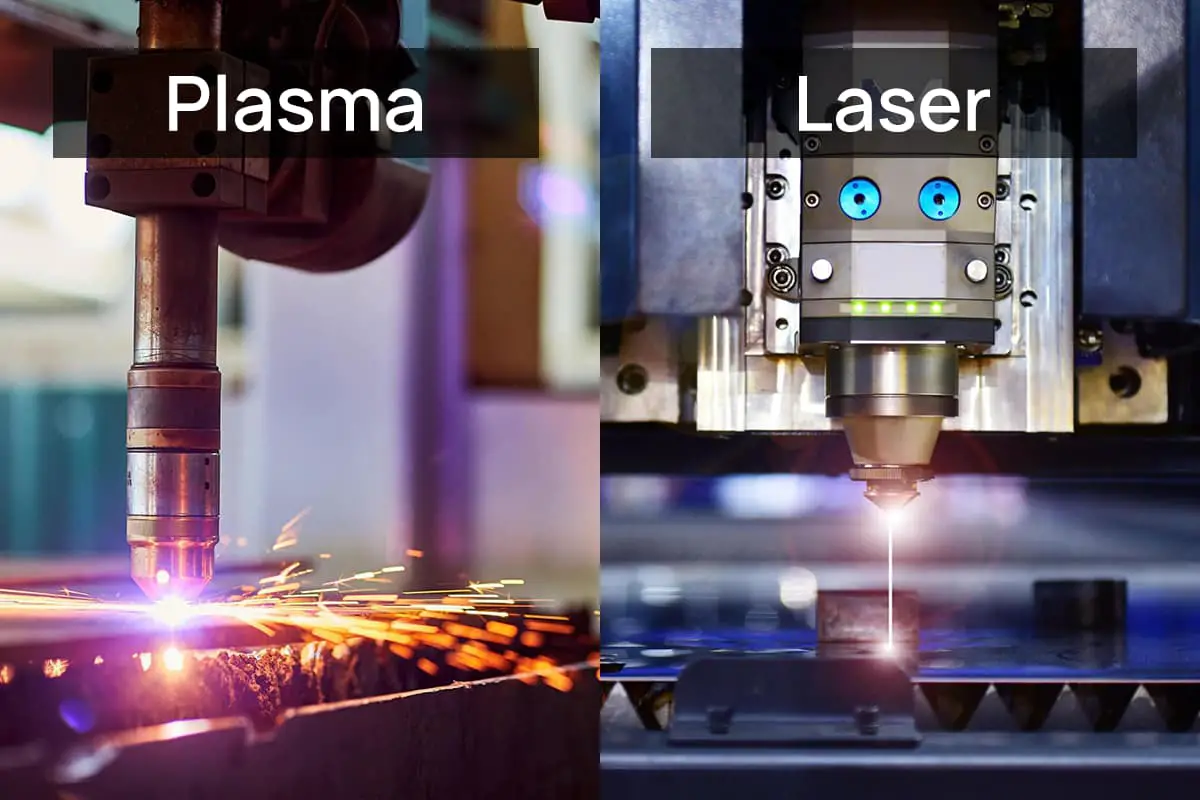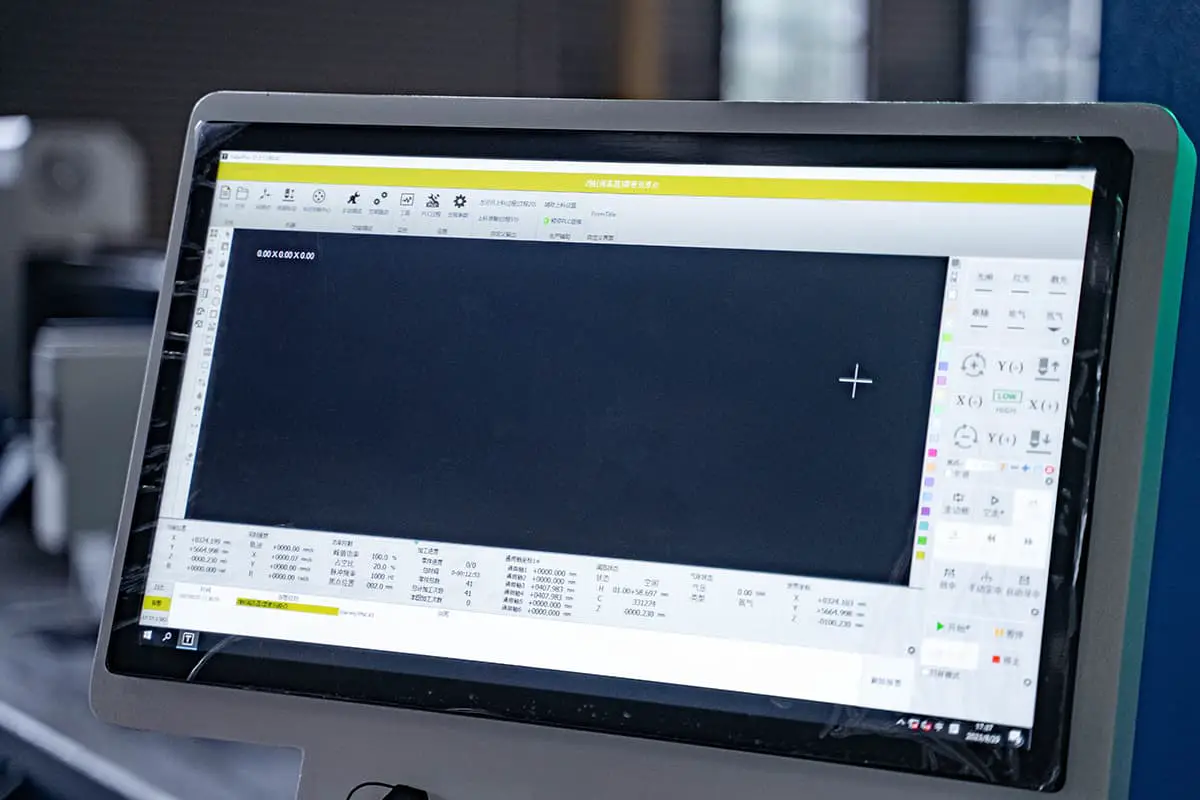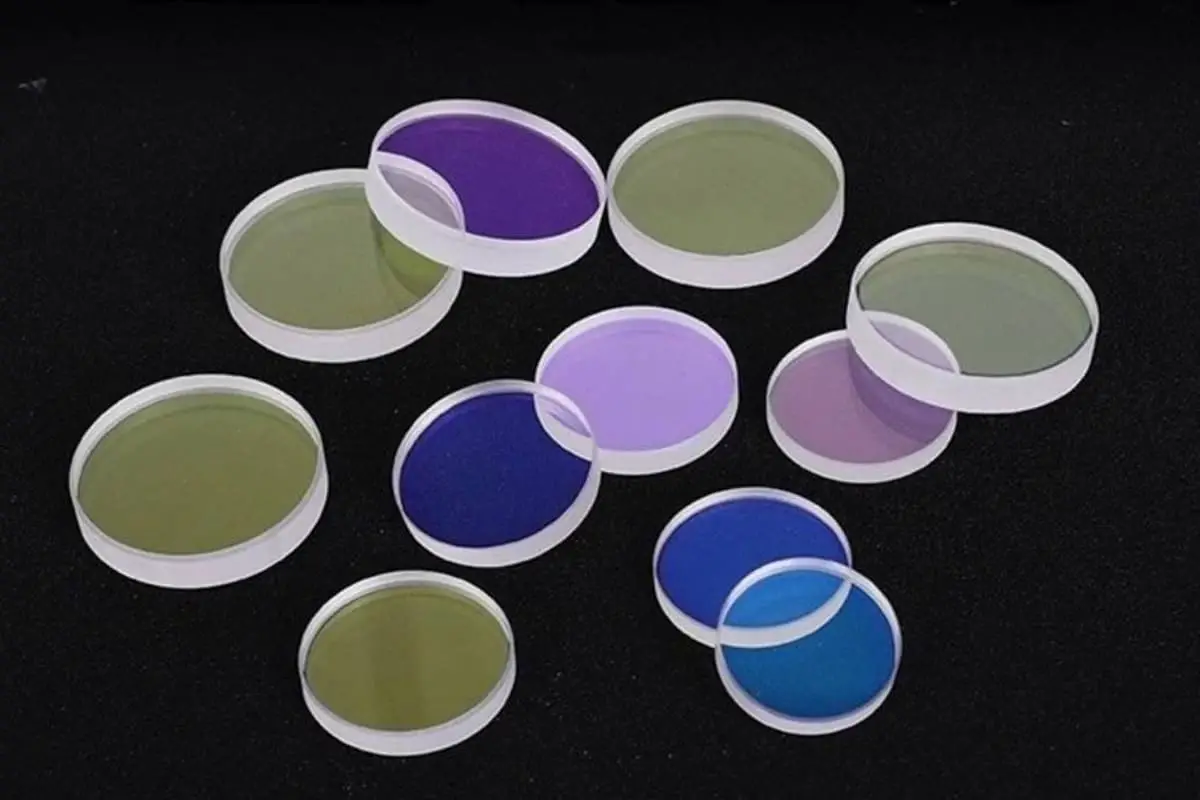
What makes laser cutting so versatile? This article explores four key laser cutting methods: fusion cutting, vaporization cutting, fracture-controlled cutting, and oxidation melting cutting. By understanding each method’s unique advantages and applications, readers can determine the best approach for their specific material and cutting requirements. Dive in to learn how these techniques transform raw materials with precision and efficiency.
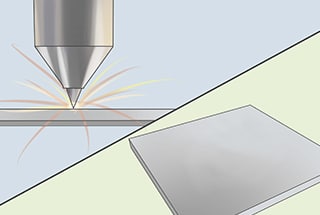
Laser cutting is a non-contact machining method that offers high energy and density control.
The laser beam is focused to form a high-energy-density light spot, and it has many advantages when used in the cutting process. Laser cutting mainly utilizes four different cutting methods to deal with various situations.
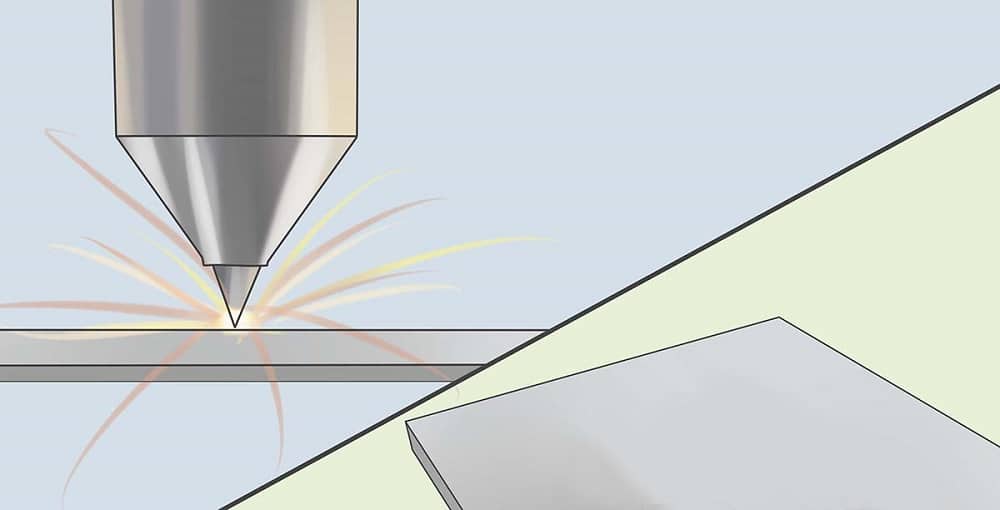
Laser fusion cutting partially melts the workpiece and ejects the molten material using airflow. Because the material transfer occurs only in its liquid state, the process is called laser fusion cutting. The laser beam is accompanied by a high-purity inert cutting gas that causes the melted material to leave the slot, and the gas itself does not participate in the cutting.
Laser fusion cutting achieves a higher cutting speed than gasification because the energy required for gasification is typically higher than the energy required to melt the material. In laser fusion cutting, the laser beam is only partially absorbed. The maximum cutting speed increases with the laser power, and decreases with the increase of plate thickness and the material melting temperature.
When the laser power is under a certain level, the limiting factor is the air pressure at the slot and the thermal conductivity of the material. Laser fusion cutting can create a non-oxidizing incision for iron steel and titanium, as there is melting, but it cannot reach the laser power density required for gasification. For steel materials, this is in the range of 104W/cm2 to 105W/cm2.
In the process of laser gasification, the material’s surface temperature rises to the boiling point so fast that it avoids melting caused by heat conduction. Some of the material vaporizes into steam, while some of the material is blown away by the auxiliary gas flow from the bottom of the slit. This process requires very high laser power. To prevent the material vapor from condensing into the slit wall, the thickness of the material must not exceed the diameter of the laser beam.
This process is only suitable for applications where there is a need to avoid the removal of molten material. It is used only in small areas for ferrous alloys and cannot be used for materials such as wood and certain ceramics that have no molten state and are therefore less likely to cause the material to be condensed. Additionally, these materials usually require a thicker incision.
In laser gasification cutting, the optimal beam focusing depends on the material thickness and beam quality. Laser power and gasification heat only have a certain effect on the optimal focus position. In the case of plate thickness below a certain number, the maximum cutting speed is inversely proportional to the gasification temperature of the material. The required laser power density is greater than 108W/cm2 and depends on the material, cutting depth, and beam focus position.
Under certain plate thicknesses, the maximum cutting speed is limited by the velocity of the gas jet.
Fracture-controlled cutting through laser beam heating is a high-speed and controllable cutting method for brittle materials prone to heat damage.
The main content of this cutting process involves the laser beam heating a small area of the brittle material, causing a large thermal gradient and serious mechanical deformation in the region, which leads to the crack of the material. As long as the balanced heating gradient is maintained, the laser beam can guide the cracks in any desired direction.

Melting cutting usually uses an inert gas. If oxygen or another reactive gas is used, the material is lit under the irradiation of the laser beam and reacts chemically with oxygen, producing another source of heat that further heats the material. This process is called oxidation melting cutting.
Due to this effect, the cutting speed for the same thickness of structural steel is faster than that of fusion cutting, but the cutting incisions may be worse. It can produce wider cut seams, obvious roughness, increased thermal impact zones, and worse edge quality.
Laser flame cutting is not suitable for machining precision models and sharp corners, as there is a risk of burning the sharp corners. The pulse mode laser can be used to limit the heat effect, and the laser power determines the cutting speed.
In the case of a certain laser power, the limiting factors are the supply of oxygen and the thermal conductivity of the material.
These are the four most commonly used methods of laser cutting, and users can determine the cutting plan based on the cutting equipment’s power, processing requirements, and material characteristics.

